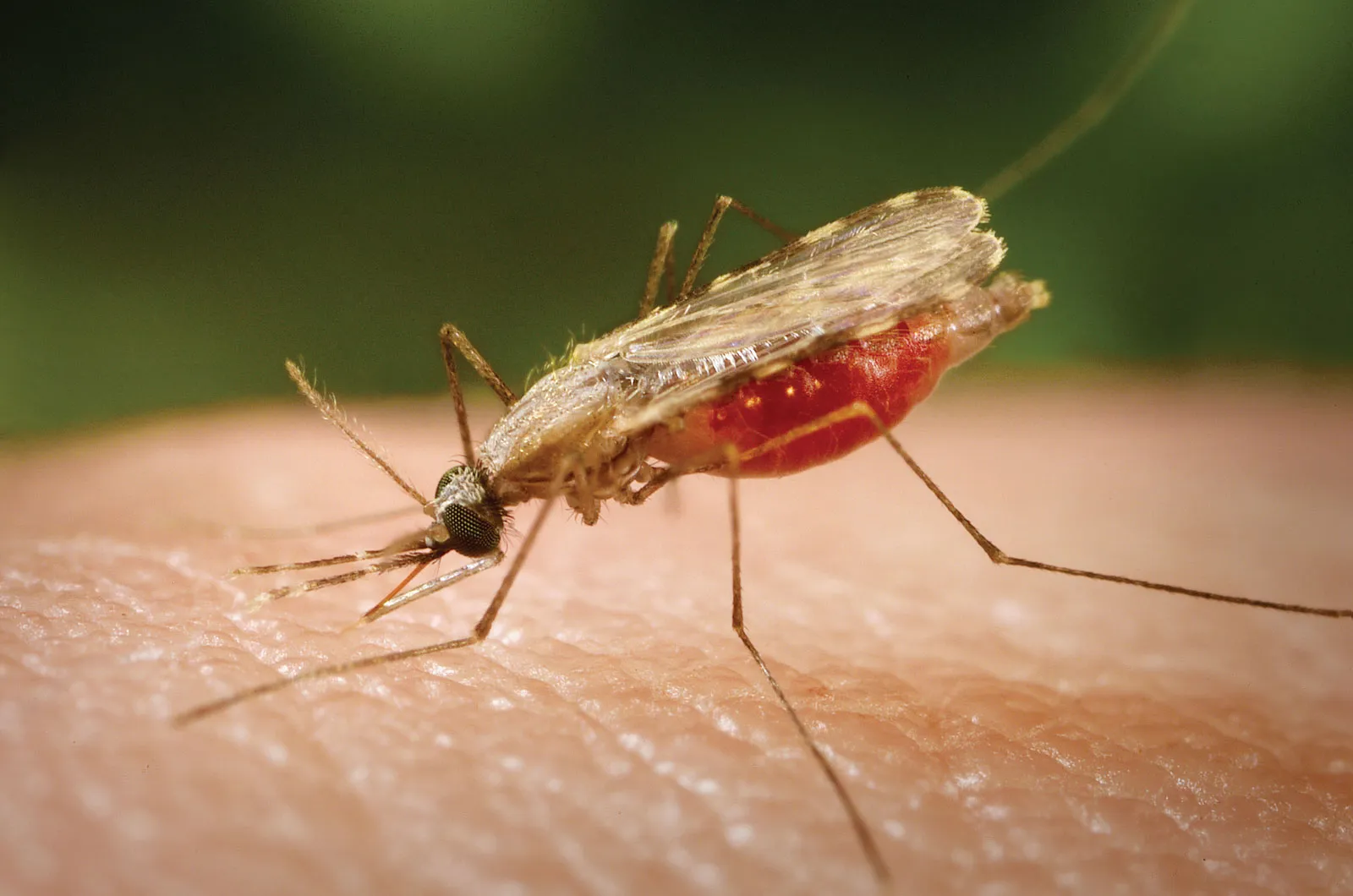Determination of the genetic diversity of histidine rich proteins 2 and 3 (hrp2 and hrp3) gene mutations in Plasmodium falciparum populations in Ghana
Determination of the genetic diversity of histidine rich proteins 2 and 3 (hrp2 and hrp3) gene mutations in Plasmodium falciparum populations in Ghana

Project Lead(s)

Professor
Project Background
Rapid diagnostic tests (RDTs) are vital tools for diseases such as malaria. RDTs detect specific proteins produced by malaria parasites. The histidine-rich protein 2 (hrp2) is one of the common proteins targeted by RDTs. However, RDTs specific for hrp2 can cross react with a similar protein, histidine-rich protein 3 (hrp3). Mutations in the hrp2/3 genes could lead to false negative RDT results and subsequent delay in diagnosis and proper therapy for malaria putting individuals including soldiers deployed to malaria endemic areas at risk for morbidity and mortality. Hrp2 and hrp3 gene mutations were first reported in Peru in 2010. In Ghana, mutations of the two genes have been detected and revealed 20-40% mutations in Ghanaian parasites using PCR amplification. The use of archived malaria-positive samples dating back to 1999, over a decade before the initial discovery of the gene mutations, will provide valuable data on the global spread of hrp2/3 mutations leading to RDT-false negative over a large time span and in a region with poor characterization of these mutations. Sanger sequencing of PCR products of these gene loci will provide additional data on changes in this gene region over time. These data will directly inform force health protection guidelines for personnel deployed to this malaria-endemic region by better defining the limitations of the most common, and often only, form of malaria detection available to forward deployed forces.
Objectives/Research Areas
- Assess for genetic variations between mutations in hrp2 and hrp3 genes in the geographic and ecological regions of Ghana.
- Describe the historical trends and evolutionary patterns in hrp2 and hrp3 gene mutations in Ghana from 1999 to the present.
- Compare prevalence trends to those found in other historical data sets from around the world.
Team
External Collaborator(s)
Dr. Terrel Sanders, US Naval Medical Research Unit no.
(NAMRU-3) Ghana Detachment
Dr. Hugo Miranda Quijada, NAMRU-3 Ghana Detachment
Funder(s)
Global Emerging Infections Surveillance and Response System (GEIS), a division of the US Armed Forces Health Surveillance Center (AFHSC).

